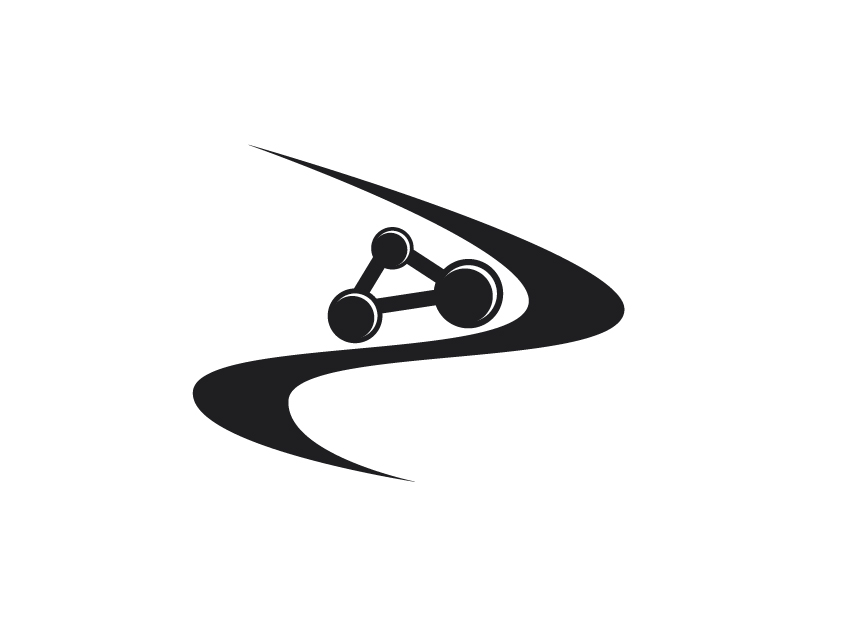
|
ИСТИНА |
Войти в систему Регистрация |
ИСТИНА ФИЦ ПХФ и МХ РАН |
||
Slippery coatings based on polymer matrices with grafted flexible sidechainsдоклад на конференции
- Авторы: Gritsevich Daniil Konstantinovich, Stamer K.S., Zefirov V.V., Pestrikova A.A., Kondratenko M.S., Gallyamov M.O., Kazaryan P.S.
- Международная Конференция : International conference "Chemistry of Organoelement Compounds and Polymers 2024" 18–22 November, 2024 / Moscow, Russia
- Даты проведения конференции: 18-22 ноября 2024
- Дата доклада: 20 ноября 2024
- Тип доклада: Устный
- Докладчик: Gritsevich Daniil Konstantinovich
- Место проведения: г.Москва, ул. Вавилова, 28, стр. 1, Россия
-
Аннотация доклада:
Slippery coatings are coatings on which the sliding angles of test liquid droplets are less than 10º. Omniphobic slippery coatings are slippery coatings that repel not only water, but also oils with low surface tension (e.g., saturated hydrocarbons). One of the promising methods for imparting omniphobic properties to a surface is to apply thin polymer films doped with a low-surface-tension lubricant (SLIPS coatings – slippery liquid-infused porous surfaces1). Such coatings demonstrate high resistance to external pressure, extremely low sliding angles of test liquids (<1º), and resistance to mechanical impacts. However, washing out the lubricant leads to degradation of the properties of such coatings, while the force of droplet adhesion to the coating increases with decreasing content of lubricant2. One of the effective ways to increase the stability of such coatings is chemical grafting of lubricant molecules to the coating matrix3. In this work, we study the possibility of increasing the durability of films by creating stable siloxane coatings with flexible chains of monovinyl terminated PDMS covalently grafted to the polymer matrix. Carbon dioxide under pressure is used as a solvent for applying films. The non-monotonic dependence of the slip angle of test water drops on the amount of grafted side chains of the lubricant is studied. The relationship between the elastic properties of the obtained films and their slippery properties is studied. The synthesis technique proposed in the work allows applying coatings not only to smooth substrates, but also to surfaces of complex morphology while preserving the structure of the material (in particular: fabrics, carbon aerogels). It was shown for fabrics that coatings with grafted chains are more resistant to machine washing compared to similar coatings without grafted chains. For carbon aerogels modified with the obtained films, selective properties for separating oil-water mixtures were revealed - they are able to absorb hexane, chloroform from water. The work shows that the porosity of modified carbon aerogels is preserved with their successful internal hydrophobization.
- Добавил в систему: Грицевич Даниил Константинович
Прикрепленные файлы
| № | Имя | Описание | Имя файла | Размер | Добавлен |
|---|